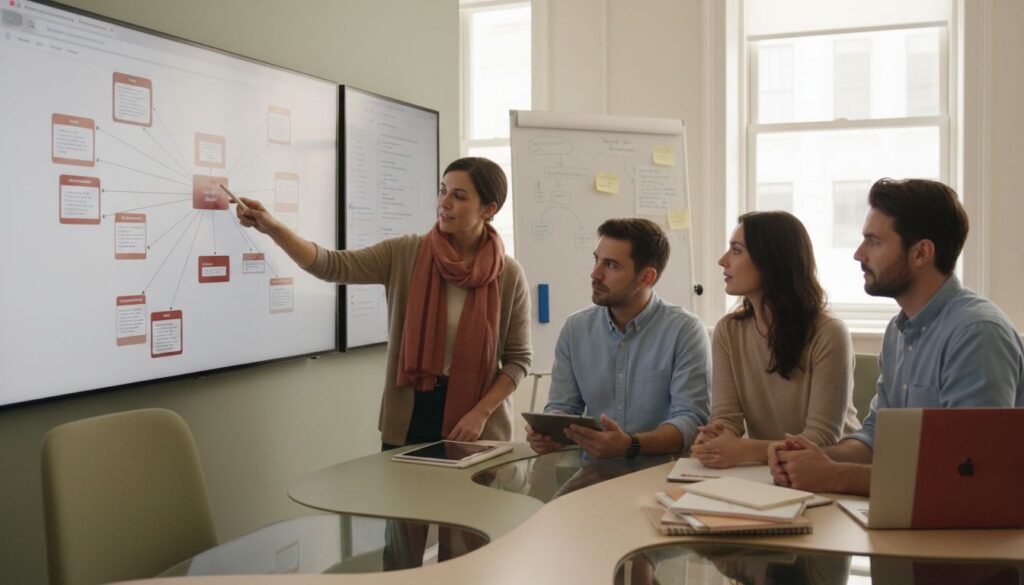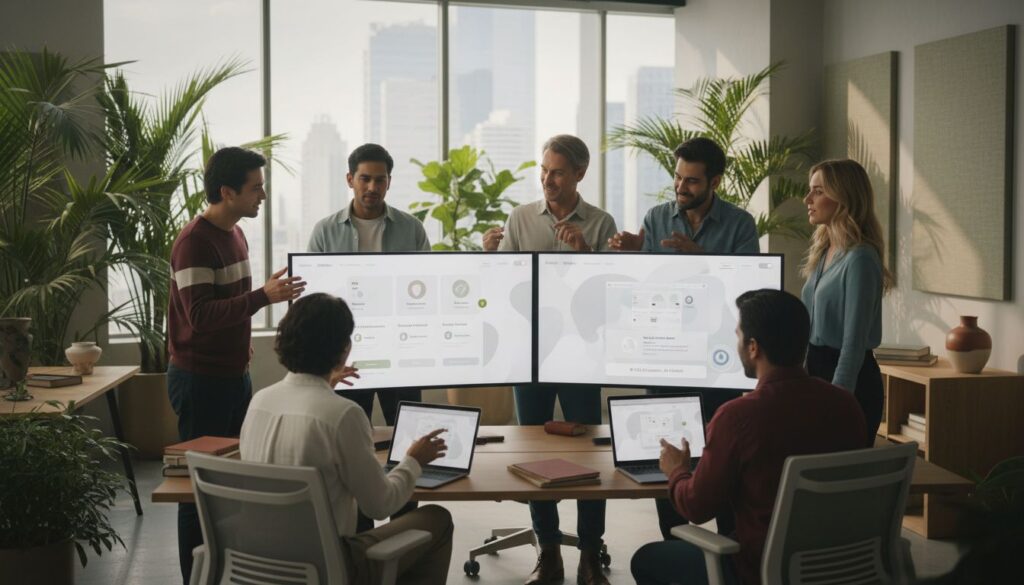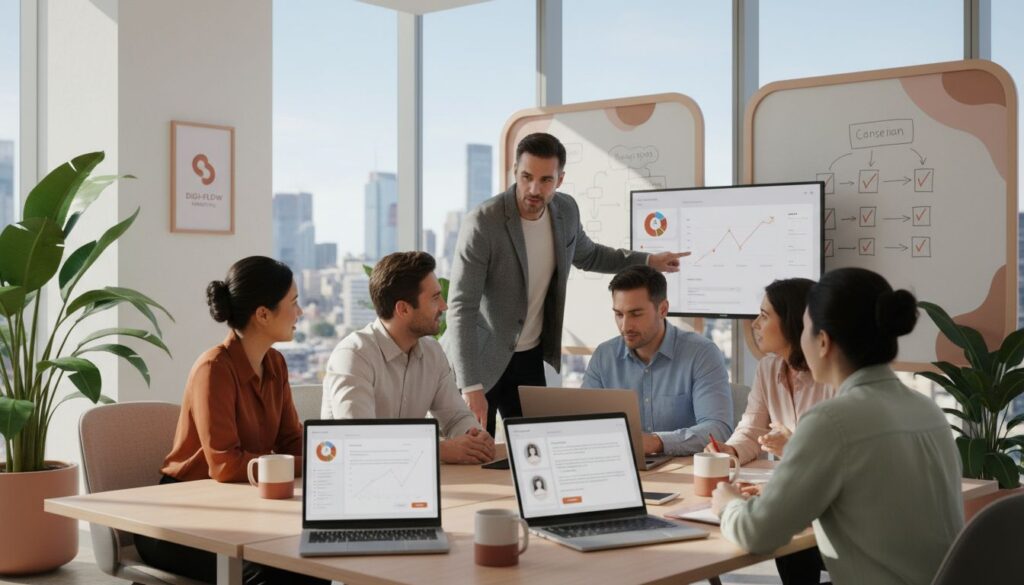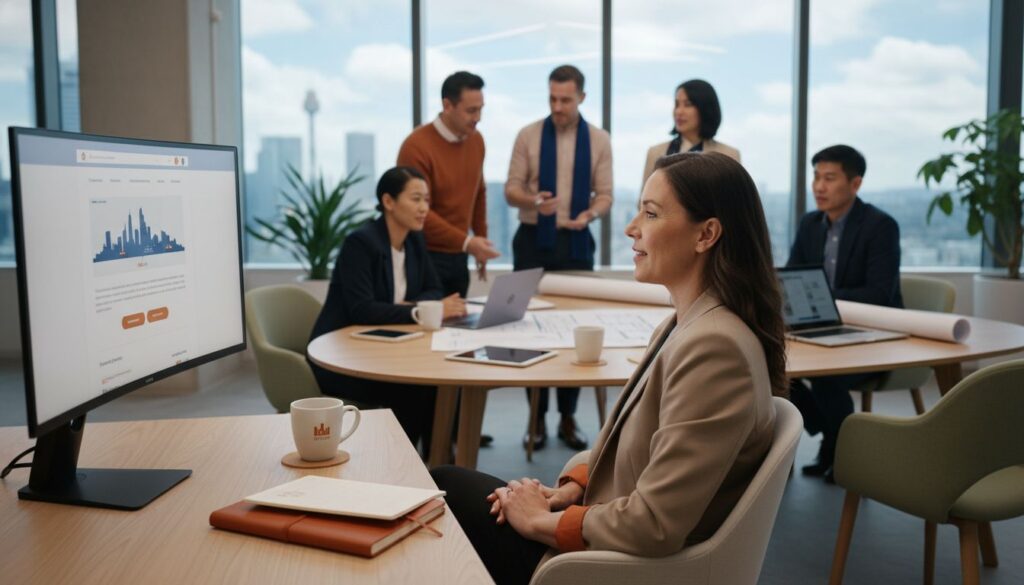One Website, One Tree:

Growing Digital Sustainability At Marzipan, we’ve always believed that sustainable web design isn’t just about writing cleaner code or choosing green hosting—it’s about making a genuine, measurable impact on the planet. That’s why we’re thrilled to announce our newest commitment: for every website we build, we’ll plant one tree through Carbon Neutral’s Yarra Yarra Biodiversity […]
How to Improve Website Navigation for Better User Experience

Discover how to improve website navigation with actionable steps. Follow this practical guide to optimise user journeys and achieve seamless site performance.
Complete Guide to Website Design Trends 2025

Explore website design trends 2025 with a complete guide for Sydney businesses. Learn types, key features, sustainability and what to avoid.
Responsive Web Design Guide: Complete Overview

Responsive web design guide for Australia: learn core principles, adaptive techniques, common pitfalls, and SEO best practices in this comprehensive guide.
Mobile-Friendly Web Design: Complete Guide for Australia

Mobile-friendly web design guide for Australia. Covers responsive layouts, usability essentials, SEO impact, common pitfalls, and compliance requirements.
Digital Marketing Trends 2025: Complete Guide

Explore digital marketing trends 2025 with a focus on Australian insights, sustainable strategies, AI, privacy laws, and essential platform changes.
7-Step Website Design Checklist for Sydney Businesses

Learn the essential 7-step website design checklist to help Sydney businesses build clear, effective, and sustainable sites that drive real results.
Step by Step Website Launch Guide for Sydney Businesses

Follow this step by step website launch guide to build, optimise, and successfully launch your business website in Sydney. Ensure SEO and big impact.
Why Your Website Isn’t Making Money (And How to Fix It in 14 Days)

Your website should be your hardest-working employee. Instead, it’s probably costing you thousands in lost revenue every single month. If you’re an ethical e-commerce brand, nonprofit, or professional service provider generating $30K-500K annually, this might sound familiar: You probably spent between $3k to $10k on a website that looks beautiful but generates zero leads. Or […]
Sustainable Website Marketing Plan: Complete Expert Guide

Sustainable website marketing plan starts with green hosting, SEO, ads and content tailored for mission-led businesses. A comprehensive guide for Australian brands.